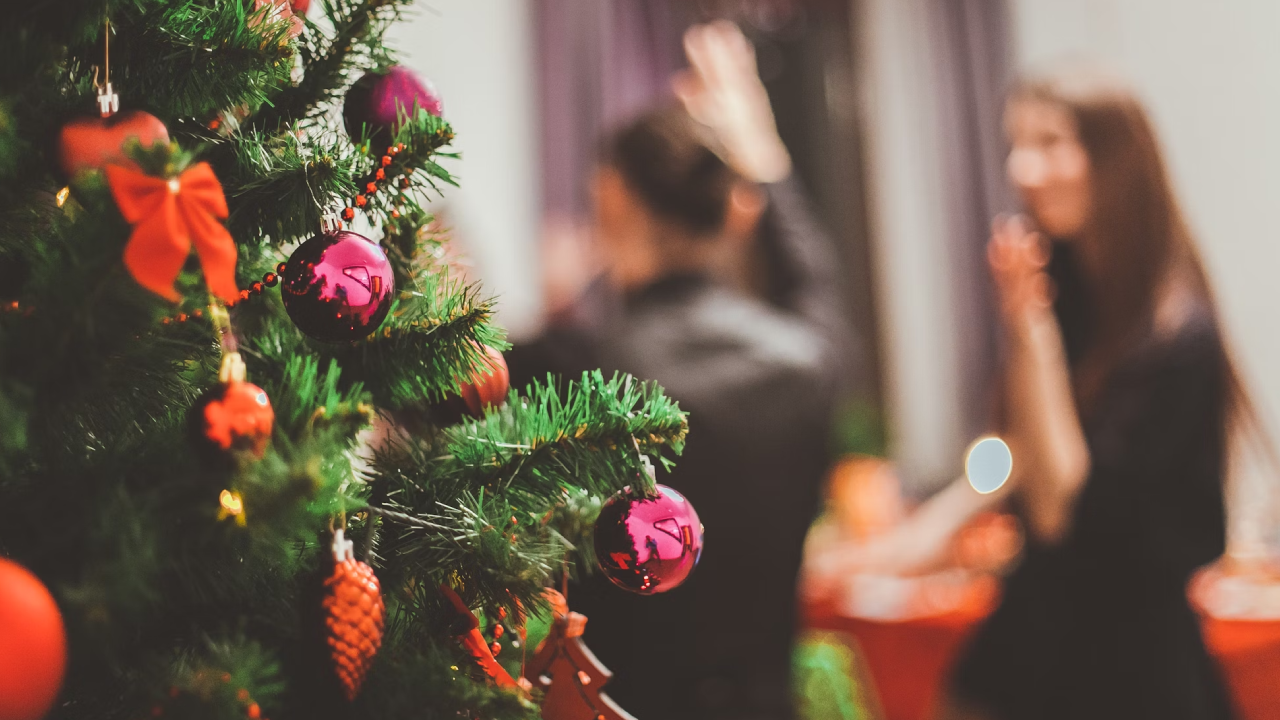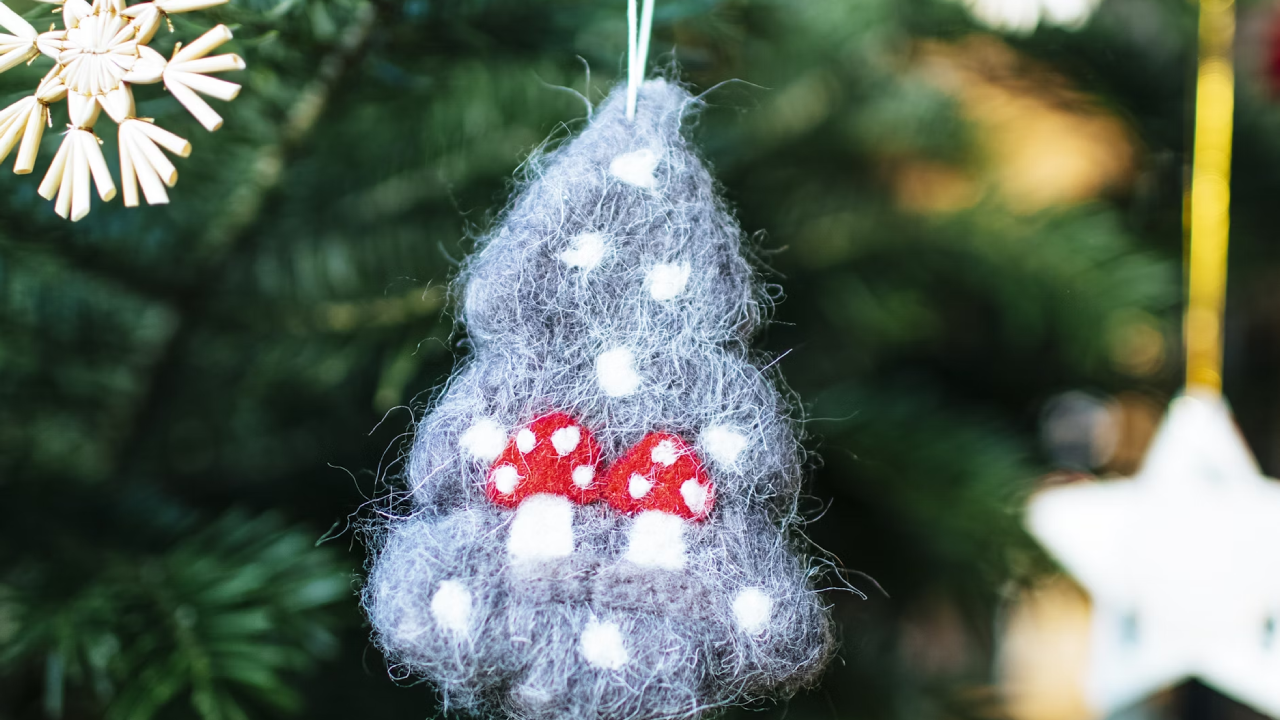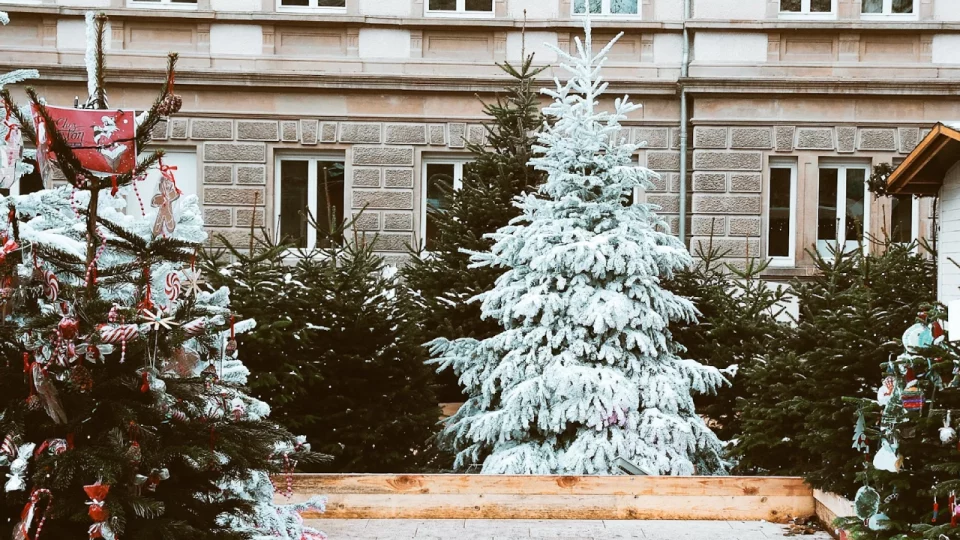As the holiday season approaches, one of the most beloved traditions for many families is putting up a Christmas tree. It’s a symbol of warmth, joy, and the spirit of giving. However, one question often arises: When is the right time to buy a Christmas tree?
The answer isn’t straightforward, as it depends on personal preferences, cultural traditions, and even practical considerations.
Table of Contents
The Importance of the Christmas Tree Tradition
Before diving into the specifics of when to buy a Christmas tree, it’s essential to understand why this tradition holds so much significance. The Christmas tree is more than just a decorative piece for many families; it represents the coming together of loved ones, the anticipation of the holiday season, and the celebration of shared memories.
Historically, the use of evergreens during winter solstice celebrations can be traced back to ancient civilizations like the Egyptians, Romans, and Druids, who believed these plants symbolized life amid the darkest days of the year. Over time, this tradition evolved into the modern Christmas tree, popularized in Germany in the 16th century. German settlers brought this tradition to the United States in the 1800s, and it has since become a hallmark of Christmas celebrations around the world.

Factors to Consider When Deciding When to Buy a Christmas Tree
-
Type of Tree (Real vs. Artificial)
The type of Christmas tree you choose is one of the primary factors that will determine when you should buy it. Both real and artificial trees have their pros and cons, and each comes with different timing considerations.
- Real Trees: Natural Christmas trees are prized for their scent, authenticity, and environmental benefits (when sourced responsibly). However, they come with a shorter lifespan. If you buy a real tree too early, it might dry out before Christmas, losing its needles and beauty. Most real Christmas trees can last 4-6 weeks with proper care, so the ideal time to purchase a real tree is late November or early December, depending on how long you plan to keep it up.
- Artificial Trees: Artificial trees have gained popularity because they’re reusable, easier to maintain, and come in various styles, shapes, and sizes. Since artificial trees don’t dry out or shed needles, you can purchase and set them up as early as you’d like. Some families prefer to put their artificial tree up right after Halloween, while others wait until closer to December.
-
Cultural and Religious Traditions
Different cultures and religions have varying traditions regarding when to put up and decorate the Christmas tree. For some, the timing is closely tied to religious observances, while for others, it’s more about family tradition and personal preference.
- Advent: In many Christian traditions, Advent, the period leading up to Christmas, begins on the fourth Sunday before Christmas Day. Some families choose to wait until the start of Advent to put up their tree, as it marks the beginning of the holiday season in the Christian liturgical calendar. In 2024, Advent begins on Sunday, December 1, which would be an ideal time for families following this tradition to purchase their tree.
- St. Nicholas Day (December 6): In some countries like Germany and the Netherlands, St. Nicholas Day is celebrated on December 6. It’s customary in these regions to put up the Christmas tree around this time, as the holiday season officially kicks off with the feast of St. Nicholas.
- Twelve Days of Christmas: Some Christian traditions observe the “Twelve Days of Christmas,” which start on December 25 and end on January 6 (Epiphany). In these cultures, families might delay buying and decorating the tree until later in December, so it remains fresh and vibrant throughout the twelve days and beyond.
-
Holiday Shopping and Availability
Timing your purchase also depends on the availability of trees, especially if you’re buying a real one. Christmas trees are in high demand during the holiday season, and waiting too long could limit your options in terms of size, shape, or quality.
- Supply and Demand: Many Christmas tree farms and lots begin selling trees in mid-to-late November. If you wait until the week before Christmas, you may find that the selection is limited. While some people enjoy hunting for the perfect tree, others might feel pressured if their preferred tree type is unavailable.
- Black Friday and Holiday Sales: For those buying artificial trees, Black Friday (the day after Thanksgiving in the U.S.) is a popular time to shop. Many stores offer significant discounts on Christmas decorations, including trees, making it an attractive option for budget-conscious shoppers. If you’re looking to purchase a new artificial tree, taking advantage of these sales in late November can be an excellent way to get a good deal.
-
Family Schedules and Traditions
One of the most significant factors in determining when to buy a Christmas tree is your family’s schedule and traditions. Some families have annual traditions that dictate when the tree goes up, whether it’s the day after Thanksgiving, the first weekend in December, or another specific date.
- Thanksgiving Weekend Tradition: In the United States, many families opt to buy and decorate their Christmas tree over Thanksgiving weekend. It’s a time when families are already gathered together, making it convenient to turn the holiday spirit from Thanksgiving to Christmas. For those with this tradition, buying a tree on the last weekend of November is the perfect way to kick off the season.
- First Week of December: Some families prefer to wait until the first week of December, as it feels like a more natural start to the holiday season. This timing allows for a more gradual transition into Christmas, without the rush that often accompanies Thanksgiving weekend.
- Late December: For those who prefer a more traditional approach, waiting until mid-to-late December to buy the tree ensures that it will remain fresh and lively through Christmas Day and beyond. This timing is often chosen by families who observe the Twelve Days of Christmas or who prefer to keep their tree up until Epiphany on January 6.
-
Climate and Location
The climate in your area can also play a role in when to buy a Christmas tree, especially if you’re opting for a real one. In warmer climates, real trees may dry out more quickly, making it necessary to purchase them closer to Christmas to ensure they stay fresh throughout the holiday.
- Cold Climates: In colder regions, real trees tend to last longer, especially if they’re kept in a cool, moist environment. This allows families in colder climates to buy their tree earlier, even as early as the first week of December, without worrying about it drying out before Christmas.
- Warm Climates: If you live in a warmer area, such as the southern United States, buying a real tree too early can lead to it drying out before the holiday season is over. In these regions, waiting until mid-December to purchase a tree may be the best option to ensure it stays fresh throughout Christmas.
-
Environmental Considerations
In recent years, environmental awareness has influenced when and how people buy Christmas trees. If sustainability is a priority for you, you might consider purchasing a tree from a local farm that follows eco-friendly practices or even renting a tree that can be replanted after the holidays.
- Locally Sourced Trees: Many Christmas tree farms practice sustainable forestry, planting new trees to replace the ones that are cut down. Buying from a local farm can reduce the carbon footprint associated with transportation and support sustainable agriculture. If you plan to buy from a local farm, check when their trees become available, as they may sell out early.
- Tree Rentals: In some areas, companies offer the option to rent a live Christmas tree that’s still in a pot. After the holidays, the tree is returned and replanted, allowing it to continue growing. If you choose this eco-friendly option, you’ll need to plan ahead, as tree rental companies often require reservations in advance, and trees may need to be delivered early in the season.
-
Decorating Preferences
Finally, your personal decorating preferences may influence when you buy a Christmas tree. If you enjoy having your home fully decked out for the holidays, you might want to get your tree earlier to enjoy it for as long as possible.

On the other hand, if you prefer a more minimalistic approach or like to keep your tree up until after New Year’s Day, you may choose to buy it later in December.
-
- Early Decorators: For those who love to embrace the holiday spirit early, buying a tree in late November or the first week of December is ideal. This allows for plenty of time to decorate the tree, enjoy the lights, and create a festive atmosphere throughout the month.
- Late Decorators: Some people prefer to wait until closer to Christmas to put up their tree, either due to tradition or because they want to ensure the tree stays fresh through the holiday. If you’re a late decorator, purchasing a tree in mid-December will give you the best balance of freshness and availability.
